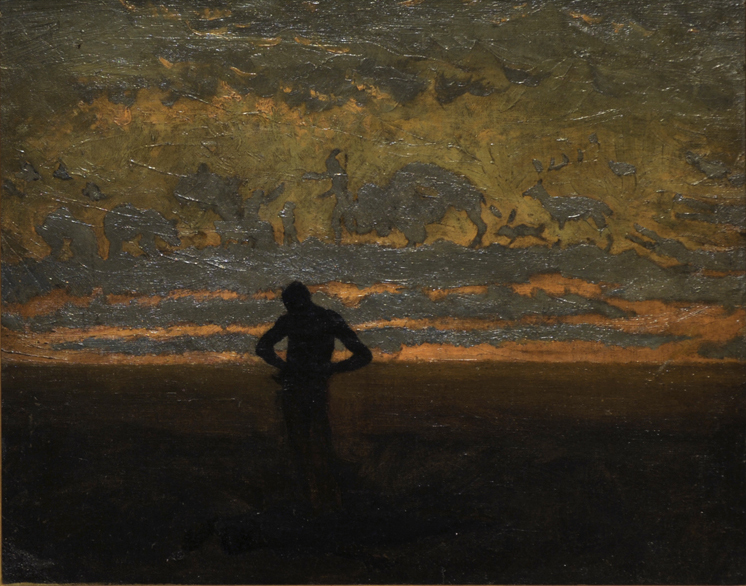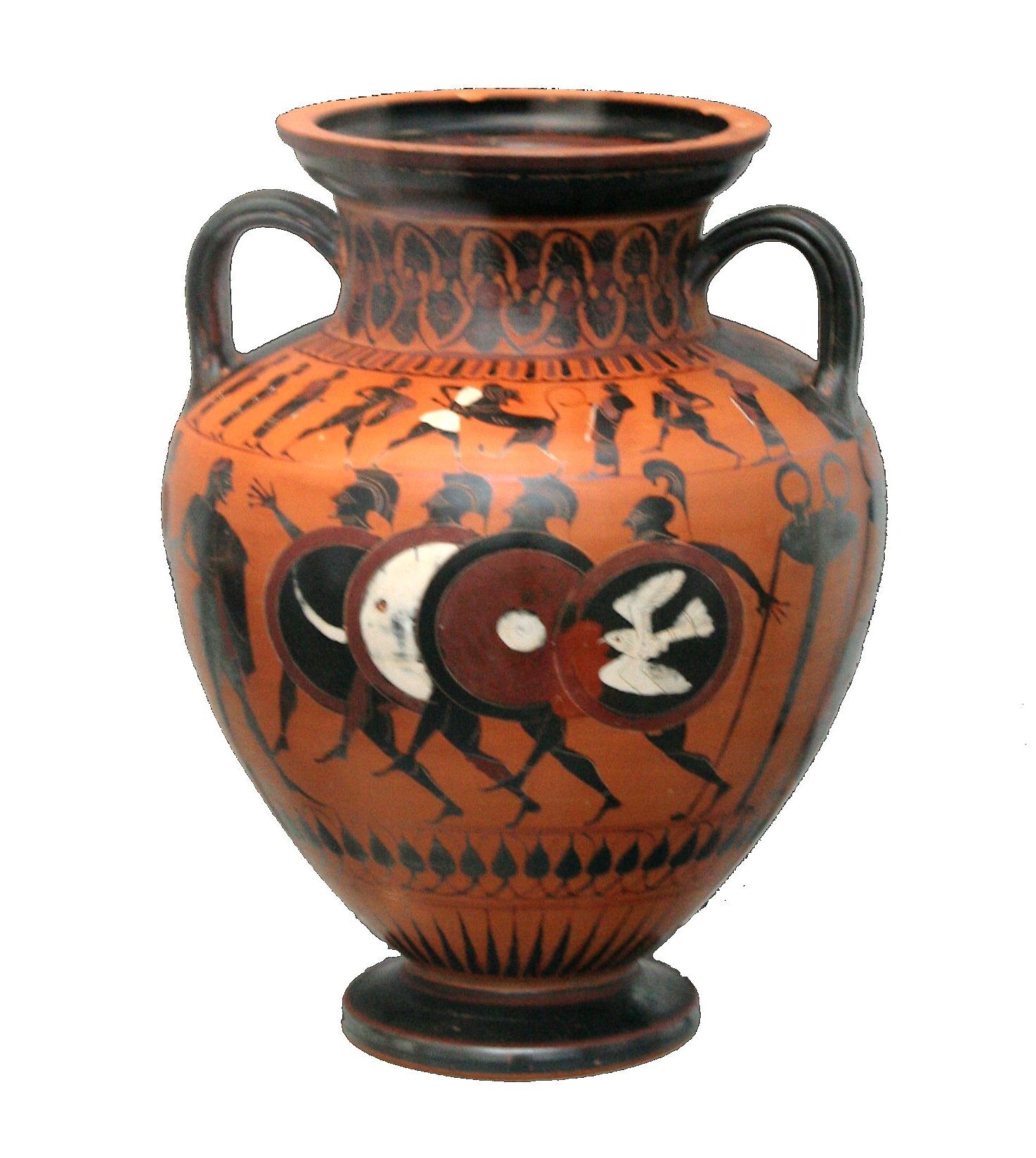|
Hoplitaspis
''Hoplitaspis'' is a genus of chasmataspidid, an extinct group of aquatic arthropods. Fossils of ''Hoplitaspis'' have been discovered in Late Ordovician deposits of the Lagerstätte of the Big Hill Formation exposed at Stonington Peninsular in Michigan's Upper Peninsula, United States. Its generic name is derived from the hoplites (Ancient Greek citizen-soldiers) and the Ancient Greek word άσπίς ('' aspis'', meaning "shield"). The specific name ''hiawathai'' honors Hiawatha Hiawatha ( , also : ), also known as Ayenwathaaa or Aiionwatha, was a precolonial Native American leader and co-founder of the Iroquois Confederacy. He was a leader of the Onondaga people, the Mohawk people, or both. According to some account ..., a Native American leader and co-founder of the Iroquois Confederacy. References Diploaspididae Late Ordovician first appearances Ordovician chasmataspidids Chasmataspidids of North America Fossils of the United States Fossil taxa described ... [...More Info...] [...Related Items...] OR: [Wikipedia] [Google] [Baidu] |
Chasmataspidid
Chasmataspidids, sometime referred to as chasmataspids, are a group of extinct chelicerate arthropods that form the order Chasmataspidida. Chasmataspidids are probably related to horseshoe crabs (Xiphosura) and/or sea scorpions (Eurypterida), with more recent studies suggest that they form a clade (Dekatriata) with Eurypterida and Arachnida. Chasmataspidids are known sporadically in the fossil record through to the mid-Devonian, with possible evidence suggesting that they were also present during the late Cambrian. Chasmataspidids are most easily recognised by having an opisthosoma divided into a wide forepart (preabdomen) and a narrow hindpart (postabdomen) each comprising 4 and 9 segments respectively. There is some debate about whether they form a natural (i.e. monophyletic) group. Distribution Chasmataspidids survived at least since Ordovician to mid-Devonian in age. As of 2019, most chasmataspidids (with a total of 9 species) are known from the Devonian strata, while the p ... [...More Info...] [...Related Items...] OR: [Wikipedia] [Google] [Baidu] |
Katian
The Katian is the second stage of the Upper Ordovician. It is preceded by the Sandbian and succeeded by the Hirnantian Stage. The Katian began million years ago and lasted for about 7.8 million years until the beginning of the Hirnantian million years ago. During the Katian the climate cooled which started the Late Ordovician glaciation. Naming The name Katian is derived from Katy Lake (Atoka County, Oklahoma, United States). GSSP The GSSP of the Katian Stage is the Black Knob Ridge Section in southeastern Oklahoma (United States). It is an outcrop of the Womble Shale and the Bigfork Chert, the latter containing the lower boundary of the Katian. The lower boundary is defined as the first appearance datum of the graptolite Graptolites are a group of colonial animals, members of the subclass Graptolithina within the class Pterobranchia. These filter-feeding Filter feeders are a sub-group of suspension feeding animals that feed by straining suspended matter and ... spe ... [...More Info...] [...Related Items...] OR: [Wikipedia] [Google] [Baidu] |
Ancient Greek
Ancient Greek includes the forms of the Greek language used in ancient Greece and the ancient world from around 1500 BC to 300 BC. It is often roughly divided into the following periods: Mycenaean Greek (), Dark Ages (), the Archaic period (), and the Classical period (). Ancient Greek was the language of Homer and of fifth-century Athenian historians, playwrights, and philosophers. It has contributed many words to English vocabulary and has been a standard subject of study in educational institutions of the Western world since the Renaissance. This article primarily contains information about the Epic and Classical periods of the language. From the Hellenistic period (), Ancient Greek was followed by Koine Greek, which is regarded as a separate historical stage, although its earliest form closely resembles Attic Greek and its latest form approaches Medieval Greek. There were several regional dialects of Ancient Greek, of which Attic Greek developed into Koine. Dia ... [...More Info...] [...Related Items...] OR: [Wikipedia] [Google] [Baidu] |
Ordovician Chasmataspidids
The Ordovician ( ) is a geologic period and system, the second of six periods of the Paleozoic Era. The Ordovician spans 41.6 million years from the end of the Cambrian Period million years ago (Mya) to the start of the Silurian Period Mya. The Ordovician, named after the Welsh tribe of the Ordovices, was defined by Charles Lapworth in 1879 to resolve a dispute between followers of Adam Sedgwick and Roderick Murchison, who were placing the same rock beds in North Wales in the Cambrian and Silurian systems, respectively. Lapworth recognized that the fossil fauna in the disputed strata were different from those of either the Cambrian or the Silurian systems, and placed them in a system of their own. The Ordovician received international approval in 1960 (forty years after Lapworth's death), when it was adopted as an official period of the Paleozoic Era by the International Geological Congress. Life continued to flourish during the Ordovician as it did in the earlier Cambrian Perio ... [...More Info...] [...Related Items...] OR: [Wikipedia] [Google] [Baidu] |
Late Ordovician First Appearances
Late may refer to: * LATE, an acronym which could stand for: ** Limbic-predominant age-related TDP-43 encephalopathy, a proposed form of dementia ** Local-authority trading enterprise, a New Zealand business law ** Local average treatment effect, a concept in econometrics Music * ''Late'' (album), a 2000 album by The 77s * Late!, a pseudonym used by Dave Grohl on his ''Pocketwatch'' album * Late (rapper), an underground rapper from Wolverhampton * "Late" (song), a song by Blue Angel * "Late", a song by Kanye West from ''Late Registration'' Other * Late (Tonga), an uninhabited volcanic island southwest of Vavau in the kingdom of Tonga * "Late" (''The Handmaid's Tale''), a television episode * LaTe, Oy Laivateollisuus Ab, a defunct shipbuilding company * Late may refer to a person who is Dead See also * * * ''Lates'', a genus of fish in the lates perch family * Later (other) * Tardiness * Tardiness (scheduling) In scheduling, tardiness is a measure of a delay in exe ... [...More Info...] [...Related Items...] OR: [Wikipedia] [Google] [Baidu] |
BMC Evolutionary Biology
''BMC Ecology and Evolution'' (since January 2021), previously ''BMC Evolutionary Biology'' (2001–2020), is a peer-reviewed open access scientific journal covering all fields of evolutionary biology, including phylogenetics and palaeontology. It was established in 2001 and is part of a series of BMC journals published by BioMed Central. Abstracting and indexing The journal is abstracted and indexed in: According to the ''Journal Citation Reports'', the journal has a 2020 impact factor The impact factor (IF) or journal impact factor (JIF) of an academic journal is a scientometric index calculated by Clarivate that reflects the yearly mean number of citations of articles published in the last two years in a given journal, as i ... of 3.260. References External links * BioMed Central academic journals Creative Commons Attribution-licensed journals {{biology-journal-stub ... [...More Info...] [...Related Items...] OR: [Wikipedia] [Google] [Baidu] |
Iroquois Confederacy
The Iroquois ( or ), officially the Haudenosaunee ( meaning "people of the longhouse"), are an Iroquoian-speaking confederacy of First Nations peoples in northeast North America/ Turtle Island. They were known during the colonial years to the French as the Iroquois League, and later as the Iroquois Confederacy. The English called them the Five Nations, comprising the Mohawk, Oneida, Onondaga, Cayuga, and Seneca (listed geographically from east to west). After 1722, the Iroquoian-speaking Tuscarora people from the southeast were accepted into the confederacy, which became known as the Six Nations. The Confederacy came about as a result of the Great Law of Peace, said to have been composed by Deganawidah the Great Peacemaker, Hiawatha, and Jigonsaseh the Mother of Nations. For nearly 200 years, the Six Nations/Haudenosaunee Confederacy were a powerful factor in North American colonial policy, with some scholars arguing for the concept of the Middle Ground, in that Europe ... [...More Info...] [...Related Items...] OR: [Wikipedia] [Google] [Baidu] |
Indigenous Peoples Of The Americas
The Indigenous peoples of the Americas are the inhabitants of the Americas before the arrival of the European settlers in the 15th century, and the ethnic groups who now identify themselves with those peoples. Many Indigenous peoples of the Americas were traditionally hunter-gatherers and many, especially in the Amazon basin, still are, but many groups practiced aquaculture and agriculture. While some societies depended heavily on agriculture, others practiced a mix of farming, hunting, and gathering. In some regions, the Indigenous peoples created monumental architecture, large-scale organized cities, city-states, chiefdoms, states, kingdoms, republics, confederacies, and empires. Some had varying degrees of knowledge of engineering, architecture, mathematics, astronomy, writing, physics, medicine, planting and irrigation, geology, mining, metallurgy, sculpture, and gold smithing. Many parts of the Americas are still populated by Indigenous peoples; some countries have ... [...More Info...] [...Related Items...] OR: [Wikipedia] [Google] [Baidu] |
Hiawatha
Hiawatha ( , also : ), also known as Ayenwathaaa or Aiionwatha, was a precolonial Native American leader and co-founder of the Iroquois Confederacy. He was a leader of the Onondaga people, the Mohawk people, or both. According to some accounts, he was born an Onondaga but adopted into the Mohawks. Legend Although Hiawatha was actually a real person, he was mostly known through his legend. The events in the legend have been dated to the middle 1100s through the occurrence of an eclipse coincident with the founding of the Iroquois Confederacy.Dates of 1390–1630 have also been proposed. This material and quotations are taken from the Mohawk version of the legend, as related by the prominent chief Seth Newhouse (Dayodekane). For an Onondaga version of the legend, see Parker: "The Hiawatha Tradition". When the founder of the Confederacy, Dekanawidah, known as ''The Great Peacemaker'', first came to Iroquoia, one of the first people he met was Hiawatha, not yet called by that na ... [...More Info...] [...Related Items...] OR: [Wikipedia] [Google] [Baidu] |
Aspis
An aspis ( grc, ἀσπίς, plural ''aspides'', ), or porpax shield, sometimes mistakenly referred to as a hoplon ( el, ὅπλον) (a term actually referring to the whole equipment of a hoplite), was the heavy wooden shield used by the infantry in various periods of ancient Greece. Construction An aspis was deeply dished and made primarily of wood. Some had a thin sheet of bronze on the outer face, often just around the rim. In some periods, the convention was to decorate the shield; in others, it was usually left plain. The aspis measured at least in diameter and weighed about , and it was about thick. This large shield was made possible partly by its shape, which allowed it to be supported comfortably on the shoulder. The revolutionary part of the shield was, in fact, the grip. Known as an grip, it placed the handle at the edge of the shield and was supported by a leather or bronze fastening for the forearm at the center, known as the porpax. This allowed hoplites m ... [...More Info...] [...Related Items...] OR: [Wikipedia] [Google] [Baidu] |


_2007.jpg)

